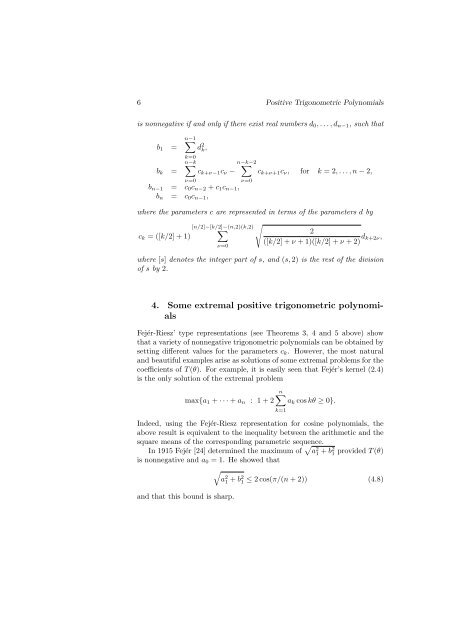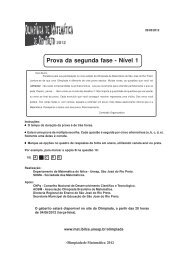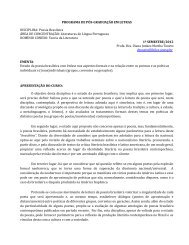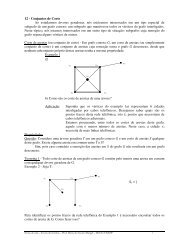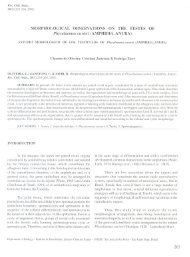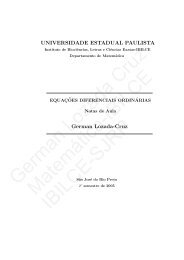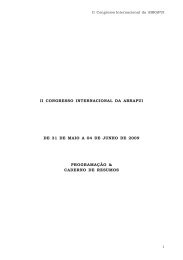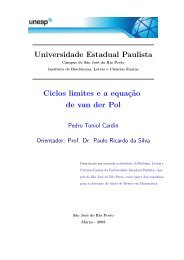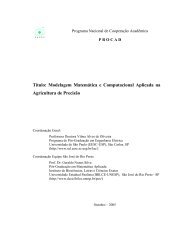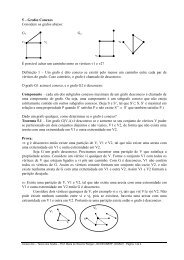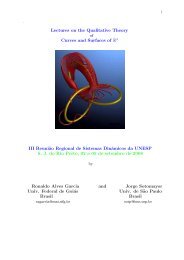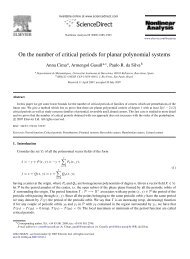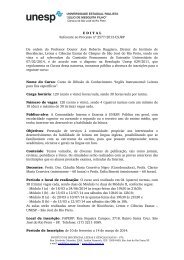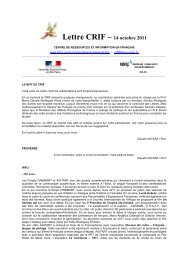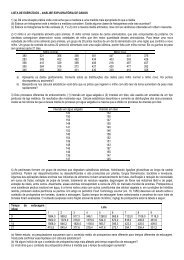Extremal Positive Trigonometric Polynomials - CiteSeerX
Extremal Positive Trigonometric Polynomials - CiteSeerX
Extremal Positive Trigonometric Polynomials - CiteSeerX
Create successful ePaper yourself
Turn your PDF publications into a flip-book with our unique Google optimized e-Paper software.
6 <strong>Positive</strong> <strong>Trigonometric</strong> <strong>Polynomials</strong><br />
is nonnegative if and only if there exist real numbers d 0 , . . . , d n−1 , such that<br />
b 1 =<br />
b k =<br />
n−1<br />
∑<br />
d 2 k,<br />
k=0<br />
n−k<br />
∑<br />
ν=0<br />
n−k−2<br />
∑<br />
c k+ν−1 c ν −<br />
b n−1 = c 0 c n−2 + c 1 c n−1 ,<br />
b n = c 0 c n−1 ,<br />
ν=0<br />
c k+ν+1 c ν , for k = 2, . . . , n − 2,<br />
where the parameters c are represented in terms of the parameters d by<br />
c k = ([k/2] + 1)<br />
[n/2]−[k/2]−(n,2)(k,2)<br />
∑<br />
ν=0<br />
√<br />
2<br />
([k/2] + ν + 1)([k/2] + ν + 2) d k+2ν,<br />
where [s] denotes the integer part of s, and (s, 2) is the rest of the division<br />
of s by 2.<br />
4. Some extremal positive trigonometric polynomials<br />
Fejér-Riesz’ type representations (see Theorems 3, 4 and 5 above) show<br />
that a variety of nonnegative trigonometric polynomials can be obtained by<br />
setting different values for the parameters c k . However, the most natural<br />
and beautiful examples arise as solutions of some extremal problems for the<br />
coefficients of T (θ). For example, it is easily seen that Fejér’s kernel (2.4)<br />
is the only solution of the extremal problem<br />
max{a 1 + · · · + a n : 1 + 2<br />
n∑<br />
a k cos kθ ≥ 0}.<br />
Indeed, using the Fejér-Riesz representation for cosine polynomials, the<br />
above result is equivalent to the inequality between the arithmetic and the<br />
square means of the corresponding parametric sequence.<br />
In 1915 Fejér [24] determined the maximum of √ a 2 1 + b2 1 provided T (θ)<br />
is nonnegative and a 0 = 1. He showed that<br />
√<br />
a 2 1 + b2 1 ≤ 2 cos(π/(n + 2)) (4.8)<br />
and that this bound is sharp.<br />
k=1


